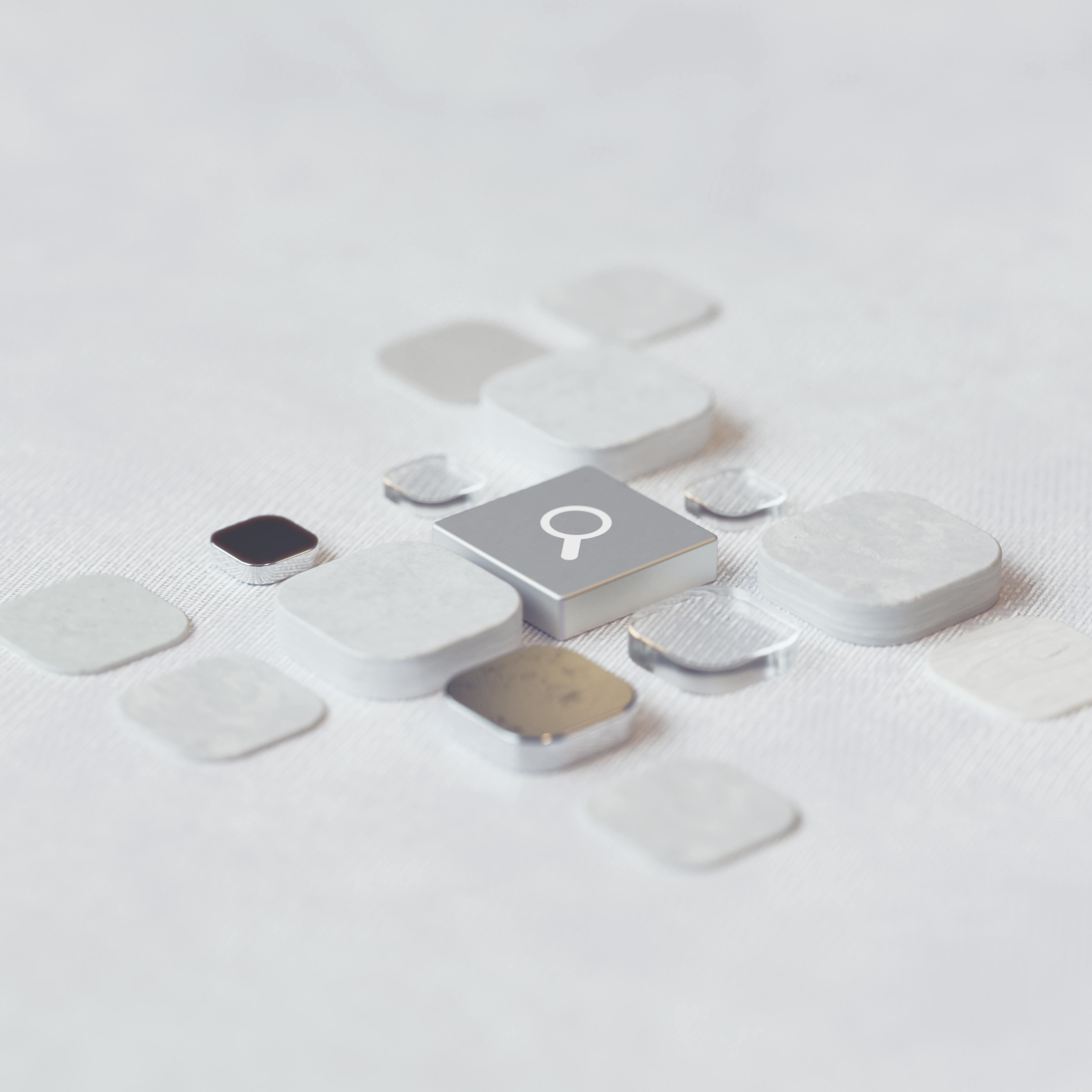Understanding How Long It Takes for Stitches to Dissolve: A Practical Guide for 2025
When it comes to healing after surgery or injury, understanding the timeline for stitches is crucial to ensure effective recovery. Stitches, or sutures, are used to hold the edges of a wound together, allowing it to heal properly. Many types of stitches exist, including absorbable and non-absorbable variants, each with distinctive healing timelines. In this guide, we'll explore how long stitches take to dissolve, the different types of stitches, post-operative care recommendations, and common concerns surrounding stitch healing.
Stitches are often used after surgical procedures and can vary greatly in their material and duration before dissolution. Knowledge of the dissolving stitches time frame and the healing process helps individuals become more informed about what to expect. This article will also provide essential tips on how to care for stitches effectively, signs that indicate proper healing, and when to seek medical advice.
By the end of this guide, you’ll gain insights into stitch healing timeframes, practical aftercare tips, and strategies for managing any discomfort. Understanding how to maximize recovery after stitches can lead to a smoother healing process. Let's begin by taking a closer look at the different types of stitches and their respective durations.
Types of Stitches and Their Duration
Building on the importance of understanding various stitches, knowing their durations provides insight into what to expect during recovery. The types of stitches can significantly affect how long it takes for them to dissolve and the overall healing time.
1. Absorbable vs. Non-Absorbable Stitches
Absorbable stitches, or dissolving sutures, gradually break down in the body without requiring removal. Common materials include polyglycolic acid and polyglactin, which may take anywhere from a few days to several weeks to dissolve, depending on the type. Conversely, non-absorbable stitches are made from materials like nylon, silk, or polyester. These require removal by a healthcare professional after a specified period, typically 7-14 days post-surgery.
2. Time Frame for Dissolving Stitches
In understanding the dissolving stitches time frame, it’s essential to realize that most absorbable sutures begin to dissolve around 7 days after placement and can take up to several weeks for complete absorption. Factors such as the wound's location, size, and individual healing capacities can affect this timeline.
3. Deep Tissue and Surface Stitches
Deep tissue stitches usually take longer to absorb due to their thickness and strength compared to surface stitches. Healing can vary significantly, with deep stitches having a duration of weeks to months, while surface stitches might dissolve relatively quickly.
4. Special Cases: Stitches in Children
Children often present unique challenges with stitches, as their skin heals rapidly but may require special care. Pediatric stitches may dissolve faster due to their body’s heightened regenerative abilities. It’s not uncommon for parents to witness signs of dissolving stitches sooner than expected.
5. Factors Affecting Stitch Dissolution
Several factors can influence how long stitches remain in the body. These include the patient's overall health, the presence of infections, and how well the wound is cared for post-operatively. Adhering to post-operative stitch care instructions can foster optimal healing conditions.
Signs of Healing: What to Expect with Stitches
With these basics on stitch types and duration established, understanding what constitutes successful healing is crucial. Monitoring the healing process helps identify potential complications early on.
1. Normal Healing Indicators
You might observe some redness and swelling around the stitch site, commonly expected during the first few days. As healing progresses, normal signs include the reduction of swelling, the stitching becoming less visible, and overall tenderness diminishing.
2. Potential Complications
Occasionally, patients may experience complications such as excessive swelling, pus, or increased pain, which could be indicative of an infection or other issues. It's essential to know the common concerns with stitches you might face.
3. Monitoring Your Stitches at Home
Properly monitoring stitches can involve checking for abnormal changes—such as increased redness or warmth—and gauging your discomfort levels. Keeping a journal of these observations may also facilitate better communication during follow-up appointments.
4. Caring for Stitches Properly
Effective stitch care tips include keeping the area clean and dry, avoiding infections, and knowing when to contact a doctor. Following your healthcare provider’s instructions closely during the recovery period can significantly enhance healing.
5. Pain Management Strategies
Managing discomfort effectively is also key. Over-the-counter pain medication can help, but always check with your healthcare provider first to ensure it's safe post-surgery.
Post-Operative Care: Best Practices for Stitch Management
Taking insights from previous sections, it’s important to focus on preventative measures in post-operative care to ensure a successful recovery.
1. Importance of Keeping Stitches Clean
Infection is a common risk when it comes to stitches. Regularly cleansing the area with a mild antiseptic and avoiding soaking the stitches during showers can help mitigate risks associated with skin complications.
2. Follow-Up Appointments
Regular follow-up visits with your doctor are essential to gauge the recovery process and to make adjustments if needed. These appointments allow for assessment of both the stitches and the overall healing process.
3. Stitches and Physical Activity
Limiting physical activity is vital during the early healing phases. High-impact activities might stress stitches, leading to complications. Light activity is generally acceptable, but consult your healthcare provider for tailored advice.
4. Dietary Tips for Healing
Adopting a nutrient-rich diet can enhance recovery time. Focus on consuming protein, vitamins, and minerals to promote tissue repair. Foods rich in Vitamin C and zinc are particularly beneficial in aiding healing.
5. Managing Anxiety Around Stitches
It’s normal to feel anxious about stitches and the healing process. Seeking support from professionals, whether during visits or via anxiety management resources, can ease the emotional aspects of post-operative recovery.
When to Contact a Doctor: Key Indicators
As we approach the conclusion of our stitch journey, knowing when to seek medical attention is crucial for ensuring safe and effective recovery.
1. Warning Signs of Infection
Promptly contacting your healthcare provider is essential if you notice any signs of infection, such as fever, spreading redness, or increased pain. Early intervention can make a significant difference in outcomes.
2. Unexpected Stitch Discomfort
If you experience significant pain levels that do not subside with standard care, this could indicate that something is amiss. Make sure to communicate any concerns about discomfort which might suggest issues with the suturing.
3. Removal Timing Questions
If unsure about the time frame for stitch removal or if they seem to be breaking down too slowly or too quickly, consult your healthcare provider to address concerns and to clarify your timeline for recovery.
4. Changes in Healing Patterns
Being vigilant about how your stitches heal can lead to better recovery. If there are surprises in your recovery, such as unexpected swelling or seeping, touch base with your doctor to adjust care as necessary.
5. Emotional Well-Being Considerations
Recognize that recovery can also take a toll on your mental health. Seek help if you're feeling overly anxious or depressed about your healing process; mental well-being is just as important as physical health.
Conclusion: Navigating Stitch Healing with Confidence
Summarizing our comprehensive exploration into the duration and care of stitches, it’s evident that understanding how long stitches take to dissolve is critical for effective recovery. Pairing awareness of stitch types with diligent post-operative care sets the path for successful healing.
Keep in mind the importance of recognizing signs during recovery, managing discomfort, and knowing when to initiate conversations with your healthcare provider. By staying informed and proactive, you can navigate through your stitch healing journey with confidence and ease.
For more information on this topic, check out our guide on post-operative stitch management.

Wishing you a healthy and smooth recovery from your stitching process!

